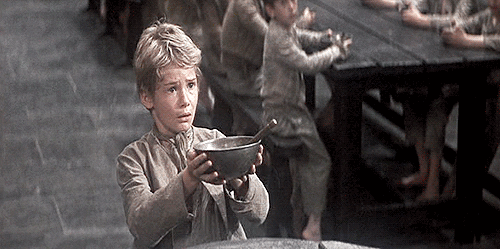To Protect and Conserve: Addressing the Needs in the Cultural Sector Regarding Collections Conservation
Greetings Steemites. This week, those of us here in HIST 5151 on the Philly History Project are focusing our readings on issues in cultural institutions related to conservation, preservation, and preparedness. Now, some of us were in a class last fall that addressed these issues in a specifically archival setting, so it was interesting for me to see the broader issues the cultural sector has along these lines. Once again, however, I find myself disappointed if not frustrated by what the study I read had to say. For the purposes of this post, consider this a synopsis thereof.
For context, according to the Humanities Health Index, there are over 4 billion artifacts in cultural institutions in the United States. Of these, hundreds of millions are at immediate risk and require conservation work to be saved. 4 billion is already a mind-boggling number, and by contrast, hundreds of millions almost doesn’t sound too terrible. Make no mistake, though. It is.

Please, funders, may we have some more?
In addition to these millions of at-risk artifacts being housed in our institutions, the HHI went on to provide statistics on the numbers of institutions with the set-up to protect their collections into the future. The HHI asserts, through their study, that at-risk collections are such because their housing facilities lack proper environmental control and housing accommodations. According to their study they found the following: “26%of collecting institutions have no environmental controls to protect their collections from damaging effects of temperature, humidity, and light; 59%of collecting institutions have had their collections damaged by light; and 53% of collecting institutions have had their collections damaged by moisture.”
Light, moisture, and temperature are only three environmental factors that threaten collections, but it blows my mind that these percentages of collecting institutions have had their collections damaged in this way. Two of these three statistics refer to more than half of our country’s collection holdings. What’s worse is that their study found that, on average, more than 70% of collecting institutions lack an emergency plan that their staff can implement in the event of a fire, earthquake, hurricane, or whatever emergency your respective collection is likely to face based on location.

The motto for collecting institutions regarding funding an emergency plan?
So what gives? Not only do we have hundreds of millions of artifacts in urgent need of conservation, we also have a majority of collecting institutions whose facilities are not fully capable of providing the protections needed for their collections. One issue that the HHI found here, is that “77% of institutions do not specifically allocate funds for preservation in their budgets,” and “only 13% of institutions have access to endowed funds for preservation.”
In short? The money needed to protect the reason for these organizations’ existences is not accounted for. Does this strike me as foolish? Yep. Will my annoyance with these institutions fix the problem? Nope. So, what do we do? Well, the HHI provided a few suggestions for these kinds of institutions:
- Private donors and public officials at all levels must realize that ensuring a future for the nation’s collected heritage is a responsibility they share with those who oversee our museums, libraries, and archives. Stable funding must be provided for both the staffing and capital improvements that proper collections care requires.
- Care of collections need not be a drain on resources. Exposure to conservation can engage the public, encourage participation in an institution, and attract financial support.
So to conclude, financial support for this work needs to come from all areas. The institutions themselves need to appropriately allocate the money, and specific funding from private funders and governmental grants also needs to provide for this essential function. The current situation in conservation, preservation, and preparedness in collecting institutions might not be stellar, but fortunately there seem to be fairly straightforward paths towards remedying the situation.

The plan...basically.
One question I would like you to think about as you depart from this page, however, dear reader, is what does this study offer smaller, less financially stable organizations with collections? What about those organizations who lack the budget to account for conservation needs? Sure, they could create an emergency preparedness protocol (as all collecting institutions should), but what about maintenance? Do these avenues for improving the conservation needs in the cultural sector adequately account for these smaller organizations, and if not, how might these smaller organizations go about meeting these needs?
100% of the SBD rewards from this #explore1918 post will support the Philadelphia History initiative @phillyhistory. This crypto-experiment is part of a graduate course at Temple University's Center for Public History and is exploring history and empowering education to endow meaning. To learn more click here.
Source:
- A Public Trust at Risk: The Heritage Health Index Report on the State of America’s Collections (A project of Heritage Preservation and the Institute of Museum and Library Services: 2005).
You ask "what does this study offer smaller, less financially stable organizations with collections?" and I respond with another question: do you think it suggests that collection policy should reflect the capacity to responsibly care for collections? Or, to put it another way, should we continue to collect the good stuff that comes our way, regardless of the consequences? In other words: how closely should collecting policy be tied to capacity? And what would we have today (or not had) if that had been the case for the last century?